did you know this?
Hello everyone!
Thanx for stopping by, I hope you found my yesterday’s post helpful and you have started already to change your ways and will enjoy soon the beautiful fruits of life :)
Now, as you already know i blog almost about everything. Thank god our beautiful strong brain can stock up more than just one or two things.
Today, in my first post i Will talk about castles. Right ! the gigantic houses filled with ghosts where lived the pretty little princess of the Middle Ages. Stand near prince charming! time has come to save the pretty little princess imprisoned in the dungeon of the stronghold of a very mean lord.
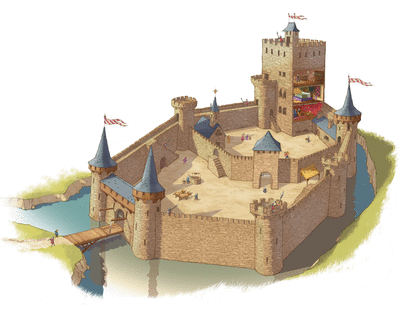
The castles were built in the 9th century in Europe to protect against the attacks of the Vikings coming from the north. In time of war they could shelter from 100 to 200 villagers. To protect themselves from these vikings they were to be seen coming from afar, these castles were thus placed on heaps of lands also called clods; which explains why the castles had an incredible height. But at the time, kings were not yet sleeping on gold so they had wooden castles and they were easily destroyed especially with fiery arrows. It is around the year 1000 when the lords were richer that changes were made and they started to build with the stone.
How were they built?
Well, as I already told you right before the 9th century, lords build artificially-built clods or hills with wooden towers, with one or more levels of palisades and ditches to optimize their defense. The perishable wooden structures unfortunately left very little trace.
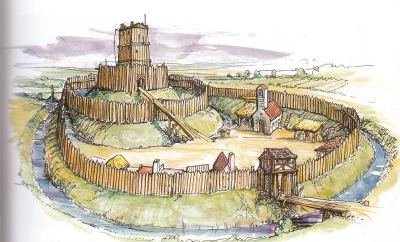
In the 11th century things changed, wooden constructions, too vulnerable to fire and weapons of more powerful jets are abandoned in favor of stone dungeons.
From 1050, there is a "standardization" of stone dungeons (often called Norman dungeon or Angevin), and in the 12th century, it is a virtual generalization within the kingdom. Initially square, the round shape will progressively impose because it reduces blind spots.
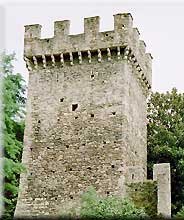
At the end of the 12th and 13th century it is the time of the fortresses. These constructions are not erected by a single jet: they are transformed according to the evolution of the poliorcétique (art of driving seats) and the evolutions of the armament, the defense being girl of the attack! With the development of war machines and siege engines comes the art of defense, whose fortresses are the testimony.
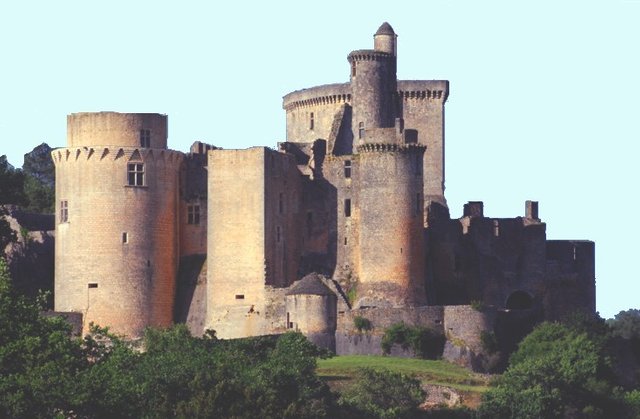
A short tour of the castle.
The main principle of defense is the staggering of the defenses, to prolong the resistance if a first work yields.
• The moat (Greek dokhê, container): it is a ditch often filled with water surrounding the castle, they can be 10m deep and 20m wide!

• The wall orrampart that includes:
- a walkway at the top of the walls to actively monitor and defend the castle,
- slots (Latin crena, hack) and merlons (full part between two slots) to help the defender to protect himself,
- archers or loopholes: long and narrow openings in a wall for shooting bow or crossbow,
- buildings overhanging the ramparts to throw vertically from the top of the walls (or dungeon) projectiles or boiling water: the hoardings (in wood) or the machicolation (in stone),
towers to ensure the flanking of the walls or turrets, sentry boxes placed overhanging the wall.
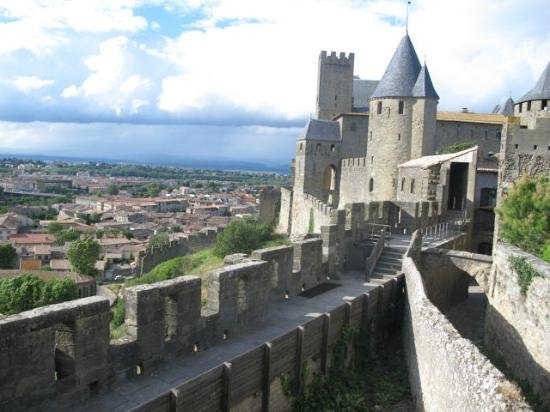
• An entrance composed of a drawbridge above the moat whose apron rises to close access to the castle, a harrow (iron gate sliding up and down), a stunner which is an opening to throw projectiles vertically. The door being one of the most fragile places of castles, a barbican, advanced fortified work, was sometimes used to defend it.
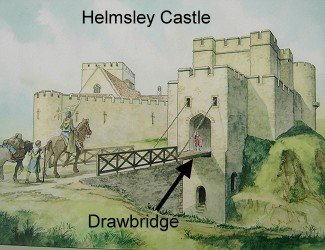
• A farmyard: this is the inner courtyard of the castle protected by the walls,

• The dungeon (Latin dominus, tower of the lord): it is the tower tower of a medieval castle, and initially remains of the lord. The thickness of the walls and their height made them very good places of retirement. Their siege could be long until the besiegers leave the camp or the starving besieged surrender.

there is a part of dungeons often presented as underground dungeons in which the prisoners were "forgotten" until their death, are mostly legends. These dungeons were actually places where food was stored
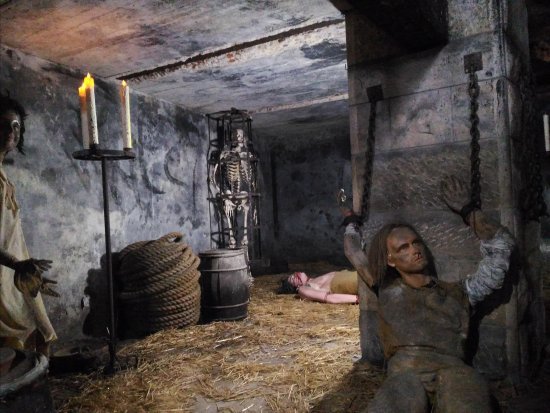
Who lived in these castles in a period of peace?
In the castle, there were plenty of people living there: the family of the lord, pages, knights, a paper maker, a priest, a king's madman, a dump, a guard and others. But the most important thing was the lord. If there was no lord, there was no castle. Now let's talk a bit about the people in the village and visitors. There were merchants, swingers, musicians, blacksmiths, grooms and others. You wondered what are pages, pals and grooms? The wanderers, were jokers, jesters public square as in crossroads. The pages were young boys serving the prince or the lord. The grooms were men who bathed horses and took care of them.
what about visitors?
Now let's talk a bit about the people in the village and visitors. There were merchants, swingers, musicians, blacksmiths, grooms and others. You wondered what are pages, pals and grooms? The wanderers, were jokers, jesters public square as in crossroads. The pages were young boys serving the prince or the lord. The grooms were men who bathed horses and took care of them.
Allright that's about it!
if you have some questions please comment below.